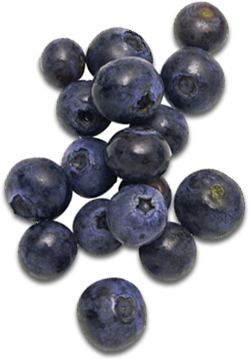no items to display
His vs. Hers Nutrition and Fitness
Both men and women need healthy food and plenty of exercise to thrive, but do they have different nutritional and fitness needs? We’re probably more similar than we are different in the end, but there are some key areas where the nutritional needs of men and women differ.
Nutrition for Men
- Calories: The biggest nutritional difference between men and women is that men need more calories than women, for two reasons. First, on average, men are larger than women, and a larger body requires more fuel. The second is that men have more muscle and less fat, and maintaining muscle burns more calories than maintaining fat.
- Protein: Men and women require the same amount of protein, 0.8 grams per kilogram of body weight. However, since men are usually larger than women, their overall protein needs are higher. Following that formula, the average American woman, who weighs 166 pounds, needs 60 grams of protein per day, while the average American man, who weighs 196 pounds, needs 70.
- Fiber: Men also need more fiber than women to maintain colon health. It’s recommended that men under the age of 50 consume 38 grams of fiber per day versus 25 for women, and that men over 50 ingest 30 grams daily versus 21 for women.
Nutrition for Women
- Iron: Until menopause, women need more than twice as much iron as men (18 grams a day versus 8 grams for men). This is because women lose iron every month through menstruation, and iron deficiency is the most common nutritional deficiency in the world.
- Calcium: Both men and women need calcium to prevent osteoporosis. Since women’s caloric needs are smaller, calcium-rich foods must make up a larger portion of their diets. It’s recommended that all adults up to age 50 consume 1,000 mg of calcium per day, bumping up to 1,200 mg daily for men once they reach age 71, and for women once they turn 51.
- Folate: Folate, or folic acid, is of special importance to women of childbearing age, as this B vitamin helps prevent neural tube defects. Women need 400 mcg per day regularly, 600 mcg when pregnant, and 500 mcg when breastfeeding.
Exercise for Everyone
How much exercise do you need? That’s a matter of some debate, but for both sexes, the U.S. Department of Health and Human Services recommends 150 minutes per week of moderate aerobic activity, or 75 minutes of vigorous aerobic activity. The American College of Sports Medicine additionally recommends strength training two to three days weekly and at least two days of stretching.
However, there are some differences in how men’s and women’s bodies respond to exercise:
- Because of their physiology, men have more upper body strength and bulk up more easily in response to weight training, while women have a head start with flexibility.
- Men and women also need to use slightly different poses for some kinds of weight lifting because of the shape and angle of the pelvis.
How Juice Plus+ Can Help
Juice Plus+ Complete nutrition bars and shakes are a great way to help meet your daily protein needs. Complete Shake Mix provides 13 grams of protein per serving, while Complete Nutrition Bars offer 5-10 grams, depending on the flavor. Both the shakes and nutrition bars also contribute to your daily requirements for fiber, calcium, and iron. Finally, they make great workout snacks, giving you a healthy way to fuel up before a workout or recover after one.
Have you ever noticed that you eat differently than your opposite sex? Share with us in the comments below!
Campbell M. What is the recommended daily serving of fiber? SFGate. http://healthyeating.sfgate.com/recommended-daily-serving-fiber-4262.html
[1] Surén P, et al. Association between maternal use of folic acid supplements and risk of autism spectrum disorders in children. JAMA. 2013 Feb 13;309(6):570-577. http://jama.jamanetwork.com/article.aspx?articleid=1570279






